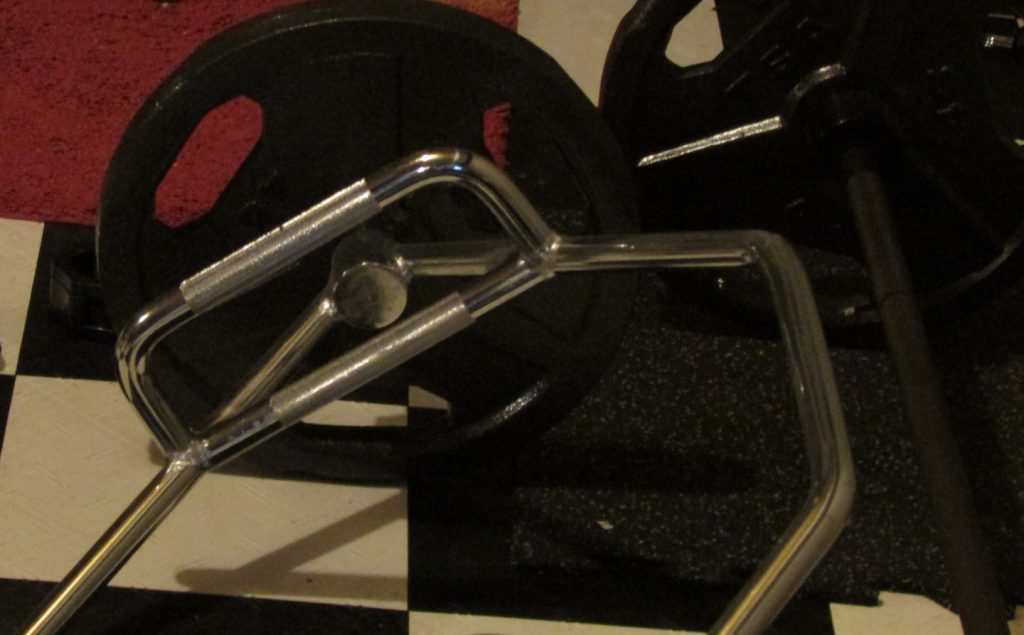Exercise that Helps You Prepare for Rucking
Whether you’re an athlete, into physical sport or just want to maintain that physical fitness, rucking can be the go to fitness program for you. Although rucking or ruck marches are a required part of military training, but for an ordinary individual they can help build body strength and endurance for obstacle courses.
Like every training program or workout, there is usually a routine and this could involve going on rock marches once every week or once every two weeks. In order to prepare for long rucks and reduce the risk of injury, you need to subconsciously know that it takes more than just packing your backpacks and going on rucks. For you to attain that physical condition or level required to effectively manage a ruck march, you have to train the movement parts of the body and strengthen the supporting muscle to lessen the impact forces on the knees.

Below are a few great exercise that will help you prepare your body for rucking.
Running
Running can be used as a preparatory exercise that helps you condition your body for rucking. This is because running adds 3 times your body weight on you glutes, knees, hamstring and ankles. Thus, helping you build a level of physical tolerance (to your lower body) when you ruck with a weighted backpack.
Back squat and Lunge Complex
This helps to strengthen the back and the rib muscle. It stabilizes the muscle and pattern movement of the upper body.
How To: First perform 2 back squat and then perform 2 lunges. Avoid rushing when switching from a back squat to a lunge. Ensure that you’re balanced before switching.
If you’re new to this exercise, use light loads or body weights only.
Rolling Shrugs
This helps to build endurance for your rucking, especially against fatigue and discomfort. The more comfortable you are, the better you will perform.
How To: grab two dumbbells and shrug, bringing your shoulders to your ears, as you would in a normal shrug. Instead of dropping your shoulders back down, first roll to the back. Drop down in the back position then shrug your shoulders back and up. And drop down in the front position.
The rolling movements helps with shoulder blade or scapular control and has a movement pattern that is similar to adjusting your backpack or rucksack.
Deadlift
This helps to strengthen your glutes, hamstring and back muscles and it’s an exercise that is usually done using a barbell. Use light weights as part of a warm-up before doing the deadlift.
How To: Grab the bar and bend your knees. Lift your chest, straighten your back, butt out and chest up. Take a deep breath, hold it and stand up.
Stay tuned for an upcoming video series demonstrating these techniques.
